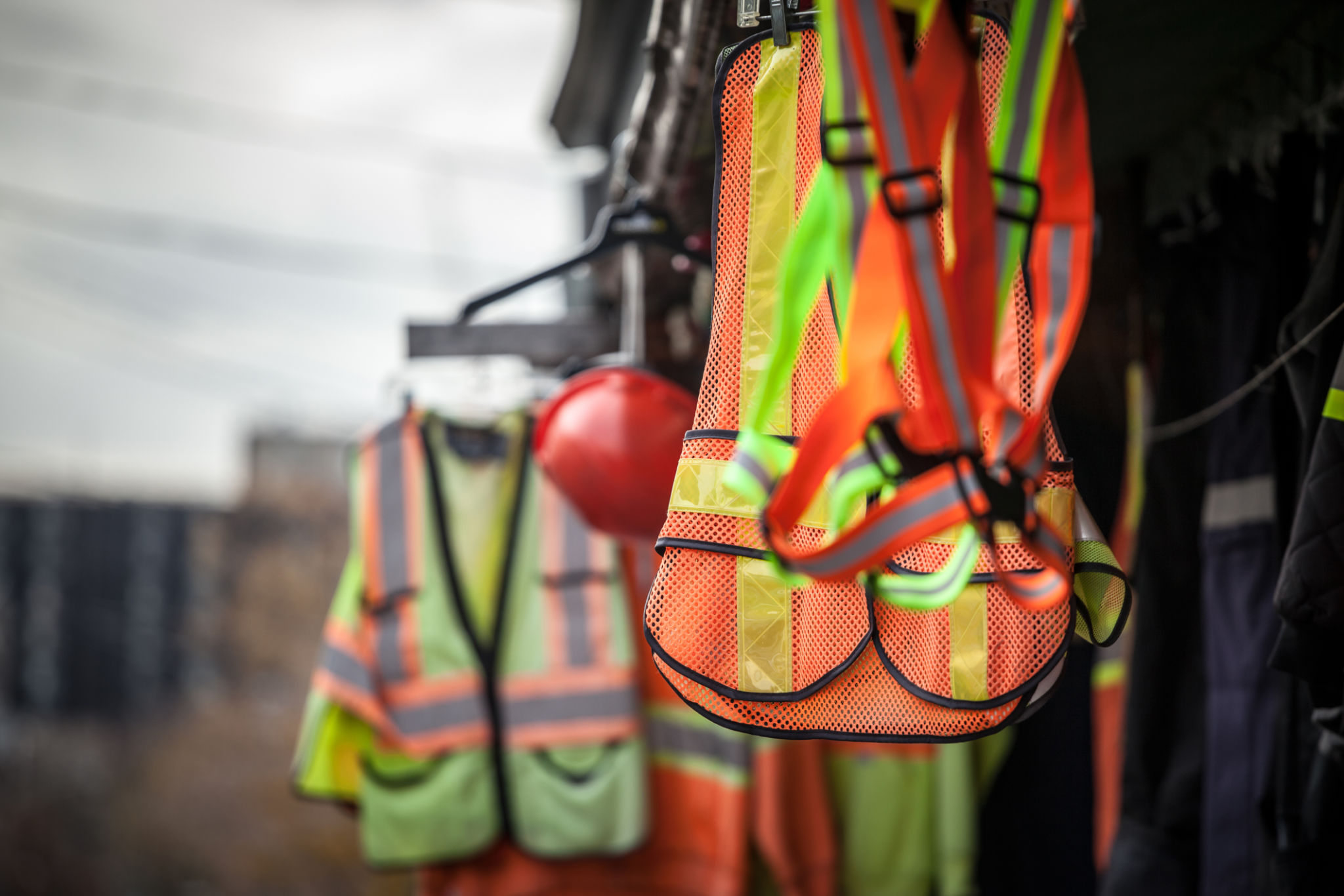Understanding Temporary Scaffolds in SA: A Comprehensive Overview
Introduction to Temporary Scaffolds
Temporary scaffolding is a critical component in the construction industry, particularly in South Africa. These structures provide essential support to workers and materials during the construction, maintenance, or repair of buildings and infrastructure. Understanding the different types of scaffolding, their uses, and safety measures is vital for anyone involved in construction projects.
In South Africa, the demand for temporary scaffolding has grown alongside the country's rapid urbanization and infrastructure development. This growth has led to innovations in scaffold design and increased emphasis on safety standards to protect workers.

Types of Temporary Scaffolds
There are several types of temporary scaffolds used in construction, each serving a specific purpose. The most common types include:
- Supported Scaffolds: These are the most frequently used scaffolds, consisting of one or more platforms supported by rigid supports such as poles or frames.
- Suspended Scaffolds: Used for tasks like painting or window washing, these scaffolds are suspended by ropes or other non-rigid means from an overhead structure.
- Mobile Scaffolds: Often referred to as rolling scaffolds, these are mounted on casters or wheels, allowing them to be easily moved.
Advantages of Using Temporary Scaffolds
Temporary scaffolds offer numerous advantages that make them indispensable in construction projects. They provide a safe and stable platform for workers, improve efficiency by allowing easy access to different parts of a structure, and can be customized to fit the specific needs of a project. Additionally, they are relatively quick and easy to assemble and disassemble, saving time and labor costs.

Safety Measures and Regulations
Ensuring safety is paramount when using temporary scaffolds. In South Africa, strict regulations govern the use of scaffolding to prevent accidents and injuries. These regulations include guidelines on the design, construction, and maintenance of scaffolds, as well as requirements for worker training.
Key safety measures include using high-quality materials, conducting regular inspections, providing guardrails and toe boards, and ensuring that all workers are trained in scaffold safety procedures. Adhering to these regulations not only protects workers but also enhances the overall efficiency of construction projects.
The Role of Technology in Scaffold Safety
Technology plays an increasingly important role in enhancing scaffold safety. Innovations such as automated inspection systems and real-time monitoring devices help identify potential hazards before they lead to accidents. Additionally, virtual reality (VR) training programs offer immersive experiences that prepare workers for real-world scenarios without the associated risks.

The Future of Scaffolding in South Africa
As South Africa continues to develop its infrastructure, the role of temporary scaffolding in construction is set to expand. Future trends may include further technological advancements that enhance safety and efficiency, such as smart scaffolding systems that integrate with building information modeling (BIM) for better project planning and execution.
The focus on sustainability is also likely to influence scaffolding practices. Eco-friendly materials and methods are expected to gain prominence as the industry seeks to minimize its environmental impact.
Conclusion
Understanding temporary scaffolds is essential for anyone involved in construction within South Africa. By recognizing the various types of scaffolding, adhering to safety regulations, and embracing technological advancements, the industry can ensure safer working conditions and more efficient project completion. As the country continues to grow, temporary scaffolding will remain a cornerstone of its development efforts.
